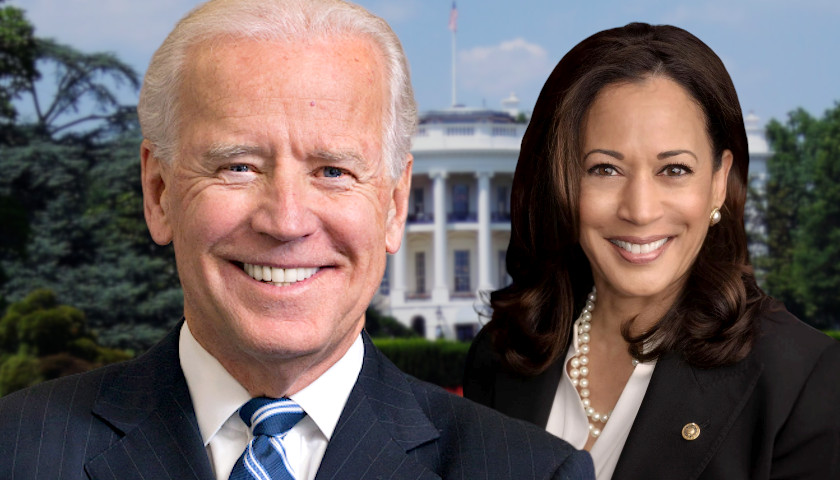by Paul Gottfried
The Berlin Tagesspiegel recently went after a young Protestant theologian whom naïve readers might have mistaken for a polite, unassuming scholar. This figure was outed by an academic colleague who discovered that he wrote for “new Right” publications, a term that in the German context should be understood quite broadly.
One of the venues of this putative extremist is Cato, which is a classical liberal magazine known for making fun of political correctness; his other preferred site is Blaue Narzisse, an educational website on which I, too, have discoursed on literary and philosophical topics. One would have to hang out for several years with the squad in order to be inclined to locate either of these literate publications somewhere on the far-Right. But then the German government and German media apply an expansive definition of the enemy—namely anyone not in line with Islamic, feminist, and LGBT activists or who fails to hate the German language and Western culture sufficiently.
The Tagesspiegel also showcases a poll that, we are assured, deserves our full attention. Readers are asked whether the German government “is presently taking sufficient steps to deal with right-wing threats” or whether more drastic means are required to address this danger. About half of the respondents said they believe the government is doing enough to combat raging rightism; but the other half thinks there is a need for more governmental action.
The poll is obviously connected to the story about the young theologian and religious historian who posts on unacceptable cultural websites. Allow me to ask what the German press would not likely ask: How reliable is your poll, which appears to reflect the views of your predominantly leftist readers? Is there no one out there who might have replied “yes” to a third question that your employees understandably never raised: “Has the German government gone too far in interfering in people’s lives and abridging their civil liberties in search of a right-wing danger, which now includes writing for the wrong satirical or literary website?”
This use of polling to confirm one’s sentiments was driven home to me a second time recently when I heard Mara Liasson on National Public Radio crowing about Joe Biden’s resounding popularity. On the day after his inauguration, Biden’s popularity ratings were already in the mid-50s. Unfortunately, the opposition, according to Liasson, can’t negotiate with an enormously popular leader because they are caught in an “epistemological crisis.”
“Seventy percent Republicans,” she informed her audience, “believe the lie that Trump won the election, and that the election was stolen from him.”
On December 9, CNN’s Harry Enten celebrated Biden’s public relations success even more dramatically: “A new Gallup poll finds that President-elect Joe Biden has a 55% favorable rating and a 41% unfavorable rating. The same poll gives President Donald Trump a 42% favorable rating and a 57% unfavorable rating.” A Gallup poll taken on January 19 revealed that Trump’s popularity as “a president in transition,” had just risen to 57 percent.
Now that Biden’s been in office a couple of weeks, one might raise certain obvious questions. Can one really believe that Biden is swimming in approval, as he destroys jobs in the energy sphere, hits us over the head with his now customary “you’re-a-racist” shtick, and allows young men who define themselves as women to enter female athletic contests and female locker rooms? (C’mon man!)
What about Biden’s determination to keep us from deporting criminal illegals or patrolling our borders; and his commitment to making Kristen Clarke, a black racialist and endorser of Holocaust deniers, head of the Department of Justice Civil Rights Division? One might think that such missteps would hurt a president’s poll numbers. It’s evident just by listening to him that Joe has trouble stringing together words in a coherent fashion—and it has nothing to do with a stutter. Since he is no longer running against a president whom the media vilified day and night, it is unlikely that the public will go on ignoring his verbal ineptitude. With Trump gone, even Joe’s critics might notice his senility and natural cognitive limits.
Of course, the numbers that issue from Gallup and CNN, as a recent commentary by John Nolte on Breitbart revealed, are open to question. According to Rasmussen, which Nolte reasonably argues has shown consistently accurate polling, Biden’s approval rating on January 22 was at 48 percent. This was well below the 56 percent that Trump enjoyed when he took office in January 2016. We might note that Biden’s popularity, according to Rasmussen, was at 48 percent several days ago, that is, before he started doing zany things, like destroying tens of thousands of energy-related jobs with the stroke of a pen. I wouldn’t be surprised if Joe’s popularity is now taking a hit in the real world, as opposed to the one created by friendly pollsters.
Partisan polling has become an instrument in the Left’s toolbox here and in Europe. And not all partisan polling looks as klutzy as the kind featured by the Tagesspiegel. Some of our pollsters hide their bias a bit better.
– – –
Paul Edward Gottfried is the editor of Chronicles. An American paleoconservative philosopher, historian, and columnist, Gottfried is a former Horace Raffensperger Professor of Humanities at Elizabethtown College in Elizabethtown, Pennsylvania, as well as a Guggenheim recipient.








